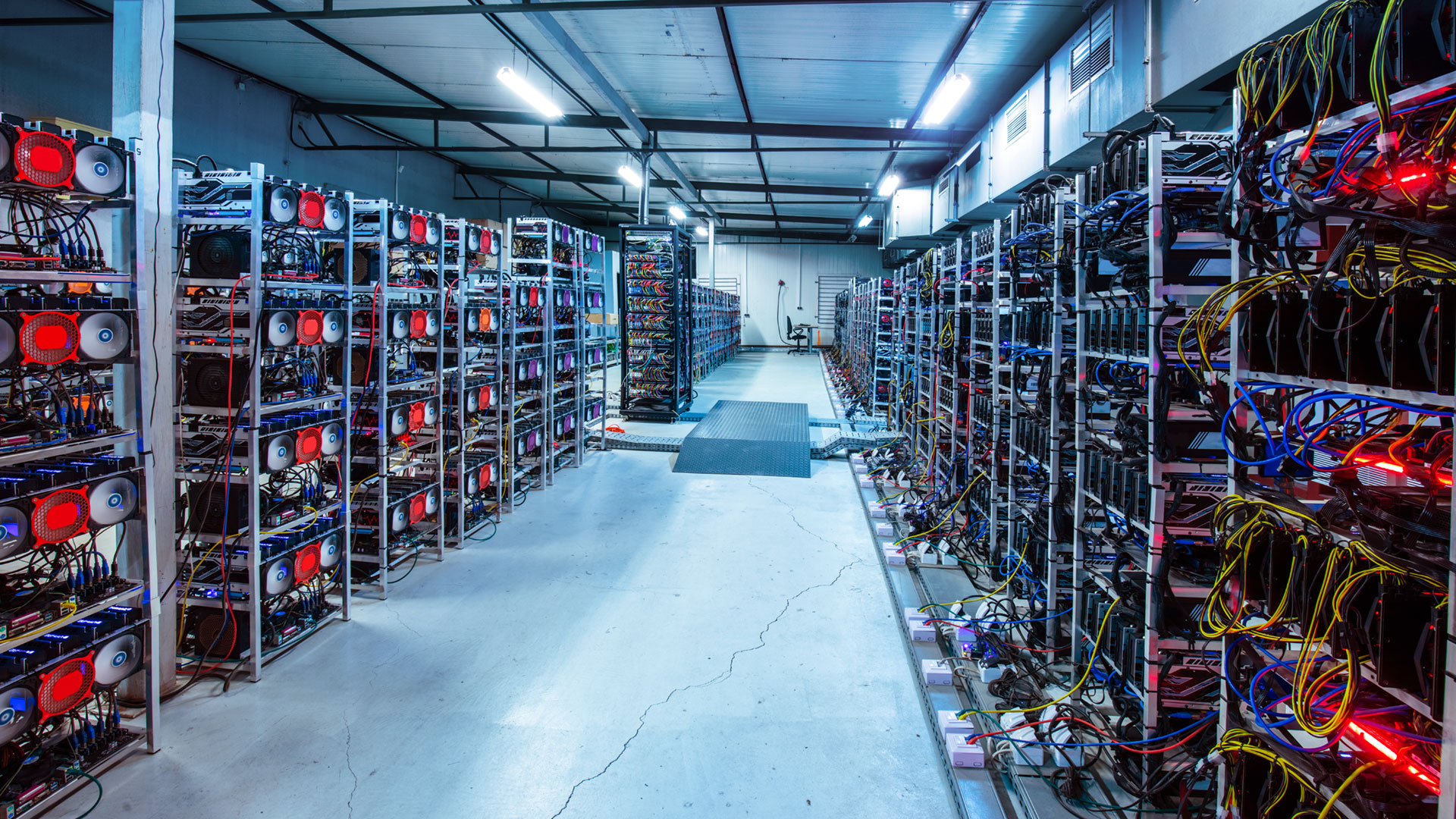Ethereum mining has been hitting new records recently. It is considered one of the biggest rivals of Bitcoin. Knowing how to mine Ethereum is one way you could get hold of the crypto-cash. Mining is done to fulfil the purpose of creating new coins and maintaining a transaction log of the existing digital tokens.
The understanding and execution of cryptocurrency mining are essential if you have decided to mine Ethereum. However, before indulging in cryptocurrency mining, it should be kept in mind that you will need an updated PC with a graphics card. Still, your energy bills will increase to a considerable amount.
One thing that is essential to understand is that an Ethereum blockchain transaction is impossible to delete or erase. All records are permanent and unalterable. For logging ether exchanges, miners have to run a program to verify block transactions against all the other miners attempting to do the same.
Essentials of Ethereum Mining
Building a Custom Mining Rig
The first step in Ethereum mining is to build your custom mining rig. A mining rig includes the following components:
- A power supply
- A motherboard
- Computer memory
- Operating system to run the motherboard
- Graphic processing unit
- GPU
It is also critical to keep your rig open so that it doesn’t heat up. A mining rig can get very hot, so it is left open to allow more air circulation. A good quality rig can run 27million math equations per second, and over 600 trillion math equations are running on Ethereum’s network per second.
A mining pool is formed so that miners can merge their combined effort for hashing power and share resources, regardless of their physical location. Also, miners have to create their wallets, a digital site to place all their crypto-cash safely.
The profitability of Ethereum mining is under a lot of debate. If you have decided to benefit from the increasing value of Ether, here’s a step by step guide on how to mine Ethereum after setting up a mining rig and a GPU:
Mining Software Installation
After setting up mining hardware, the installation of software comes next. A miner has to download the blockchain of the Ethereum network for the node connected to the network. You can choose from several mining applications, such as Phoenix Mixer or Geth. These mining applications have to be extracted and run. They will attempt to continuously connect you to other network nodes.
Once the nodes are connected to the Ethereum network, you can start mining by deploying contracts, building decentralized apps and sending transactions.
Creation of an Ethereum Wallet
ETH rewards that you will be earning through mining need a place to be kept safe. For this purpose, miners need an Ethereum Wallet address. There are many cryptocurrency wallets available. MetaMask among them has high ratings and recommendations.
Investigating Mining Capabilities on your Private Network
It is strongly recommended to test your mining capabilities on a private network first before launching your transaction on the Ethereum network through a minor contract. This way, you could know the validation of your decentralized apps.
The testing contract does not require special mining hardware. You could use your PC with any software like Geth or Phoenix Mixer. Your responsibility on the test transaction includes finding all blocks, validating transactions, and executing smart contracts.
Join a Mining Pool
Your chances for success leap many folds if you join a mining pool. Your combined computational capacity helps in solving cryptographic puzzles more quickly to earn ether coins. Mining profits are then distributed to all miners in the pool, correlating their contribution to the computation.
Installation of Ethminer
After connecting your node to the Ethereum network, you will be required to install Ethminer, a command-line mining software. This software is an intermediary between your mining pool and hardware. Ethminer can be launched from the Linux console or Windows command prompt.
Get ETH reward
After every successful mining block, the miner gets paid through ETH, which is transferred immediately to the miner’s wallet. It is the profit and the fee of the successful transaction, which can be calculated. The income is based on the hash rate, setup cost, power consumption, etc.
Progressive Proof-of-Work
The core team of Ethereum is working to build a new mining log called Progressive Proof-of-Work. It enables miners to access a wider mining community. It will allow users to mine more profitably in the future through GPU.
Conclusion
Ethereum mining has been the most profitable in the Block chain market. The best thing about Ethereum is that a miner can acquire it without investing in it. A GPU or ASIC hardware for mining can be used.
If you can control your energy bills and get adequate mining hardware at the best prices possible, you could increase your profit continuously through Ethereum mining.




